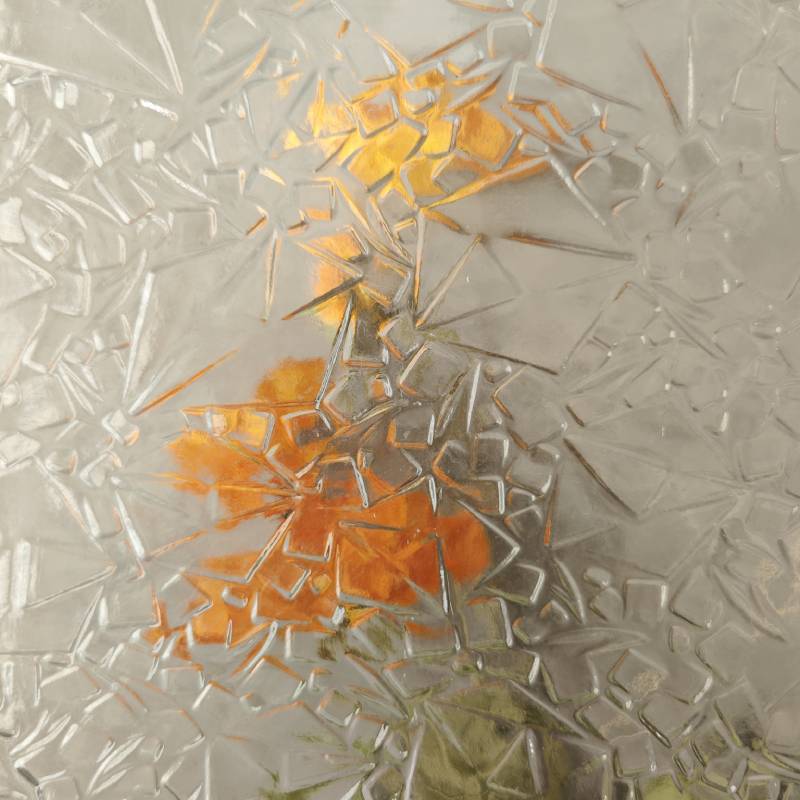

The Evolution and Applications of Aluminium Mirror Glass
Aluminium mirror glass is a remarkable material that combines the reflective properties of glass with the lightweight and durable characteristics of aluminium. This innovative product has been gaining traction in various industries, owing to its unique qualities and versatility. This article will explore the evolution, manufacturing process, benefits, and diverse applications of aluminium mirror glass.
The Evolution of Aluminium Mirror Glass
The use of mirrors dates back thousands of years, with early civilizations developing reflective surfaces using polished metals or glass coated with different substances. The introduction of aluminium as a reflective material in the 19th century revolutionized mirror technology. Unlike traditional silver-coated mirrors, which tarnish and degrade over time, aluminium coatings offered enhanced durability and resistance to environmental factors.
Aluminium mirror glass, as we know it today, is produced by depositing a thin layer of aluminium on the surface of glass using various techniques such as vacuum deposition or sputtering. This method not only enhances the glass's reflective properties but also makes it lightweight, making it ideal for various applications, from architecture to automotive.
Manufacturing Process
The manufacturing process of aluminium mirror glass involves several key steps. Initially, standard glass sheets are cleaned thoroughly to remove any impurities or residues that could affect the coating process. Following this, a thin layer of aluminium is deposited onto the surface of the glass. This can be achieved through physical vapor deposition (PVD), where aluminium atoms are vaporized and then condense onto the cool glass surface, forming a reflective layer.
Once the aluminium layer is applied, a protective coating is often added to enhance durability, chemical resistance, and scratch resistance. This finish preserves the mirror's reflective quality while ensuring that it withstands the rigors of daily use. The result is a high-quality, reflective glass that is both aesthetically pleasing and functional.
Benefits of Aluminium Mirror Glass
Aluminium mirror glass offers several advantages over traditional mirror materials. Firstly, its lightweight nature makes it easier to transport and install, particularly in large sheets or customized shapes. This is particularly beneficial in applications such as interior design and architecture, where large surfaces are often used.

Secondly, aluminium mirror glass boasts superior durability. Unlike traditional mirrors that can shatter easily, this glass is more resistant to impact and breakage. Additionally, it does not tarnish or degrade as quickly, thus maintaining its reflective quality over time.
Another significant benefit is the versatility of aluminium mirror glass. It can be manufactured in various shapes, sizes, and finishes, allowing for a wide range of applications. Furthermore, it can be produced in different degrees of reflectivity, making it suitable for specialized uses, such as in telescopes or lighting design.
Applications of Aluminium Mirror Glass
The applications of aluminium mirror glass are vast and varied. In the architectural sector, it is commonly used for interior and exterior design elements. Its reflective qualities can enhance natural light in spaces, creating an illusion of a larger area or providing aesthetic appeal.
In the automotive industry, aluminium mirror glass is increasingly utilized in car mirrors due to its lightweight nature and durability, which can lead to improved fuel efficiency. Additionally, it is used in rearview mirrors, side mirrors, and even decorative elements within vehicles.
The entertainment and lighting industries also benefit from this innovative material. Aluminium mirror glass is often used in stage design, disco balls, and lighting fixtures, where the unique reflective properties can enhance visual effects and ambiance.
In scientific applications, such as telescopes and laser systems, aluminium mirror glass is favored for its precise optical characteristics, which are crucial for accurate measurements and observations.
Conclusion
In summary, aluminium mirror glass represents a significant advancement in mirror technology, offering a potent combination of elegance, durability, and versatility. Its evolution from traditional reflective materials to modern applications underscores the importance of innovation in material science. As industries continue to explore new possibilities with aluminium mirror glass, its role in enhancing both functionality and aesthetic appeal will only expand, making it an integral part of contemporary design and technology.